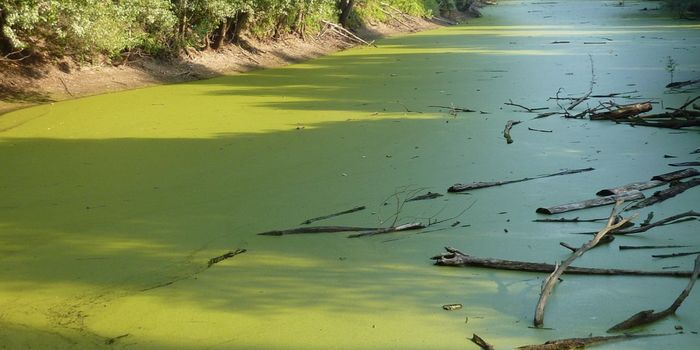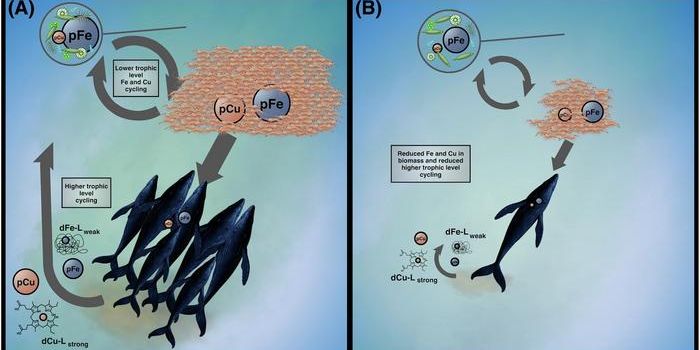Using UAVs to Study the Environment
Unmanned aerial vehicles (UAVs), or drones, are a relatively new technology for the general public at an affordable cost. Scientists are adopting this technology into their methods for conducting research in a number of disciplines. Environmental and agricultural monitoring have both begun to embrace this technology. Multiple studies are underway to define standard methods and prove the efficacy of drones. Often the use of drones involves imaging from cameras and machine learning programs that analyze the enormous amount of data collected, but occasionally they are used for more.
The study of wild ecosystems focuses on observation of the natural world, and visualizing ecosystems without damaging them is easy from the air. UAVs offer an easy way to collect visual data from a large swath of land or water, without having to step foot in it. One recent study in Greece used a UAV equipped with thermal imagery to detect rabbits on cold nights, something that would be incredibly labor-intensive without this technology. UAV data is also being used to train machine learning programs to identify and count numbers of multiple species, especially in open savanna, where animals do not have much cover. It is complex, but it reduces the amount of time required to have people search thousands of photos. This new and improved data on animal populations can help detect and prevent wildlife poaching or even catch poachers in the act. Drones can still be challenging to implement in some research, due to prohibitive cost or difficulty in using them effectively, but the potential for future research use is enormous.
In agriculture, drones are being used to assess plant health, potential yields, and soil quality, as well as sow crops or apply pesticides from the sky. They can also be used in animal agriculture, to keep track of free-range animals or count herds. Most farmers do not have access to this kind of information yet, and it is restricted to the farmers willing to risk implementing new technology, but it could become commonplace in the future.
As technology advances and these applications become easier and more affordable for the average farmer and scientist, our environment will become more cared for and productive.
Sources: Smart Agricultural Technology, Environmental Monitoring and Assessment, Precision Agriculture, Remote Sensing in Ecology and Conservation, Green Technological Innovation for Sustainable Smart Societies, arXiv, Sensors, & IEEE Knowledge








